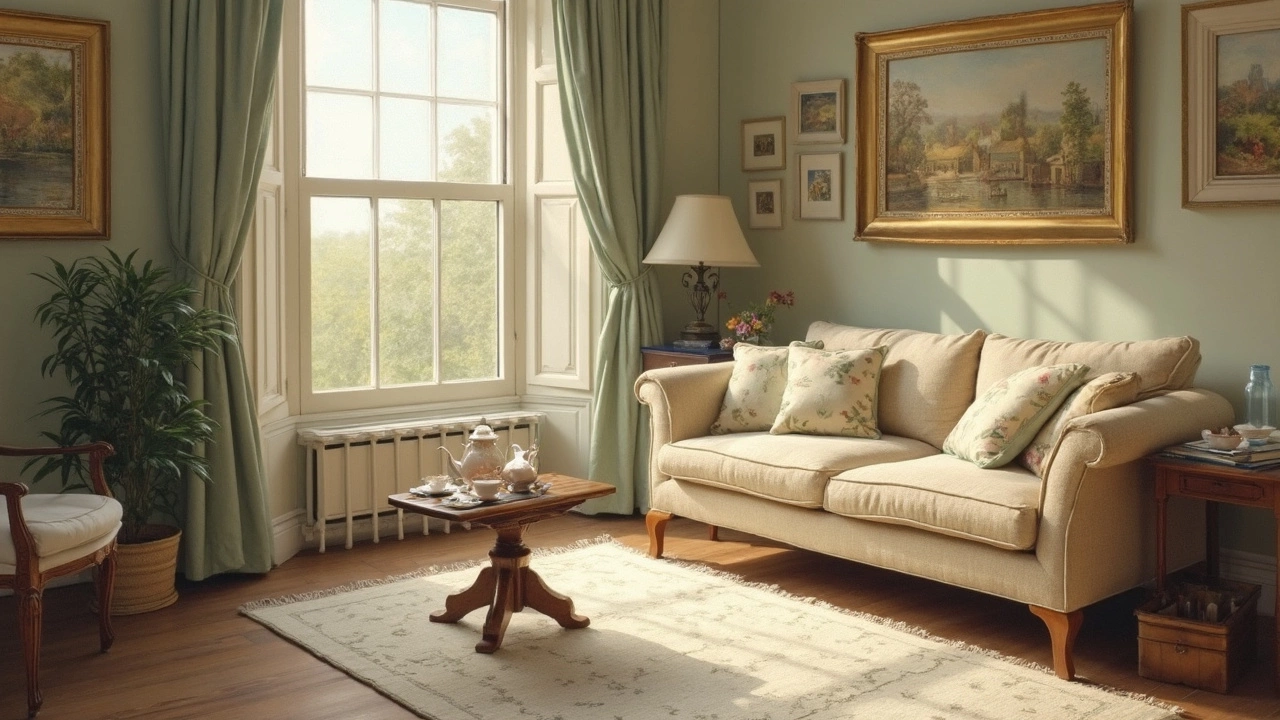Sofa Tips for Everyday Comfort and Style
Got a sofa you love but aren’t sure how to get the most out of it? You’re in the right place. Below you’ll find straight‑forward advice on picking the best material, using cushions like a pro, and keeping your couch looking fresh for years.
Choosing the Right Sofa Material
First up, the fabric or fill. If you want a couch that feels soft and lasts, think about how you use it. Families with kids or pets do well with fibre‑wrapped foam – it’s tough, resists stains and holds its shape. For a plush, sink‑in vibe, high‑density foam covered in a soft linen or cotton works great, but it needs regular fluffing to stay even.
When you shop, press the cushion. A good sofa should give a little when you sit, then bounce back quickly. If it stays flat after a few minutes, the foam is too low density and will need replacing sooner. Also, test the cover for wear. Light‑weight polyester may look nice but can pill quickly, while a tighter weave like performance micro‑fibre holds up better against everyday traffic.
Don’t forget temperature. Leather feels great in summer but can become sticky when it’s hot. If you live in a warm climate, a breathable fabric keeps you cool; in colder areas, a thicker hide adds a cozy feel.
Styling with Scatter Cushions
Scatter cushions are the low‑effort way to turn a bland sofa into a room’s focal point. The rule of thumb: use an odd number of pillows – three, five or seven works best. Start with a large base pillow (about 20‑22 inches) to set the shape, then add two medium‑size ones for height, and finish with one or two smaller accents for colour pops.
Size matters. A good cheat‑sheet is: large = 20‑22", medium = 16‑18", small = 12‑14". If your sofa is deep, lean toward the larger sizes; a slim couch needs the medium and small to avoid a cluttered look. Mix patterns carefully – a solid, a stripe, and a subtle print keep the eye moving without overwhelming.
Colour coordination is simple. Pick a base colour from your existing décor, then add a complementary hue for the accent pillows. For example, a navy sofa paired with mustard and ivory cushions creates a balanced, eye‑catching look. If you’re unsure, a monochrome palette (different shades of the same colour) is always safe.
Lastly, rotate your cushions every few weeks. This prevents wear on one side and keeps the arrangement looking fresh.
Putting these tips together means you’ll enjoy a sofa that feels right, looks right, and lasts right. Pick the right material for your lifestyle, style cushions with a simple math rule, and you’ll have a living‑room centerpiece that stays inviting day after day.
Is It Better to Have a 2 or 3 Cushion Sofa?
- Gavin Whitaker
- |
- |
- 0
Deciding between a 2 or 3 cushion sofa can make a big difference in your living room. Both options have their perks and potential drawbacks. Whether you prioritize comfort, style, or space, understanding the main aspects of these sofa types will help you choose the right one for your home. Let’s explore some key factors and practical tips to improve your living space.
View more